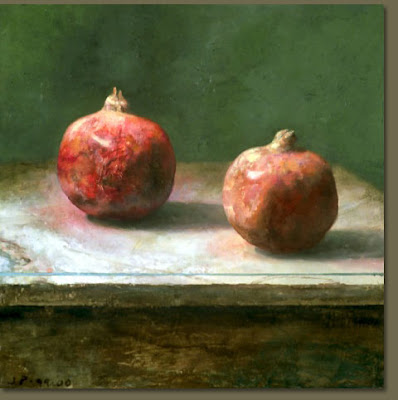
Be sure to properly cite your sources in your research paper. Failure to do so will result in a significantly reduced score. Use MLA format, you can find information about the various ways to cite sources
HERE. It is also important to note the following (pulled directly from Wikipedia)
"IMPORTANT NOTE: Most educators and professionals do not consider it appropriate to use tertiary sources such as encyclopedias as a sole source for any information—citing an encyclopedia as an important reference in footnotes or bibliographies may result in censure or a failing grade. Wikipedia articles should be used for background information, as a reference for correct terminology and search terms, and as a starting point for further research.
As with any community-built reference, there is a possibility for error in Wikipedia's content—please check your facts against multiple sources and read our disclaimers for more information." (Wikipedia contributors. "Cite." Wikipedia, The Free Encyclopedia. 24 Feb. 2008. Web. 16 Mar. 2012.)
___________________________________________________________________
Below is a section of the Purdue website concerning source material"What are the differences among quoting, paraphrasing, and summarizing?
These three ways of incorporating other writers' work into your own writing differ according to the closeness of your writing to the source writing.
Quotations must be identical to the original, using a narrow segment of the source. They must match the source document word for word and must be attributed to the original author.
Paraphrasing involves putting a passage from source material into your own words. A paraphrase must also be attributed to the original source. Paraphrased material is usually shorter than the original passage, taking a somewhat broader segment of the source and condensing it slightly.
Summarizing involves putting the main idea(s) into your own words, including only the main point(s). Once again, it is necessary to attribute summarized ideas to the original source. Summaries are significantly shorter than the original and take a broad overview of the source material.
Why use quotations, paraphrases, and summaries?
Quotations, paraphrases, and summaries serve many purposes. You might use them to . . .
Provide support for claims or add credibility to your writing
Refer to work that leads up to the work you are now doing
Give examples of several points of view on a subject
Call attention to a position that you wish to agree or disagree with
Highlight a particularly striking phrase, sentence, or passage by quoting the original
Distance yourself from the original by quoting it in order to cue readers that the words are not your own
Expand the breadth or depth of your writing
Writers frequently intertwine summaries, paraphrases, and quotations. As part of a summary of an article, a chapter, or a book, a writer might include paraphrases of various key points blended with quotations of striking or suggestive phrases as in the following example:
In his famous and influential work the Interpretation of Dreams, Sigmund Freud argues that dreams are the "royal road to the unconscious" (page #), expressing in coded imagery the dreamer's unfulfilled wishes through a process known as the "dream-work" (page #). According to Freud, actual but unacceptable desires are censored internally and subjected to coding through layers of condensation and displacement before emerging in a kind of rebus puzzle in the dream itself (page #).
How to use quotations, paraphrases, and summaries
Practice summarizing the essay found here, using paraphrases and quotations as you go. It might be helpful to follow these steps:
Read the entire text, noting the key points and main ideas.
Summarize in your own words what the single main idea of the essay is.
Paraphrase important supporting points that come up in the essay.
Consider any words, phrases, or brief passages that you believe should be quoted directly.
There are several ways to integrate quotations into your text. Often, a short quotation works well when integrated into a sentence. Longer quotations can stand alone. Remember that quoting should be done only sparingly; be sure that you have a good reason to include a direct quotation when you decide to do so. You'll find guidelines for citing sources and punctuating citations at our documentation guide pages."
(The Purdue OWL. Purdue U Writing Lab, 2010. Web. 16 March 2012.)



